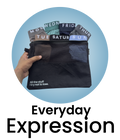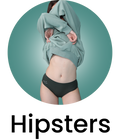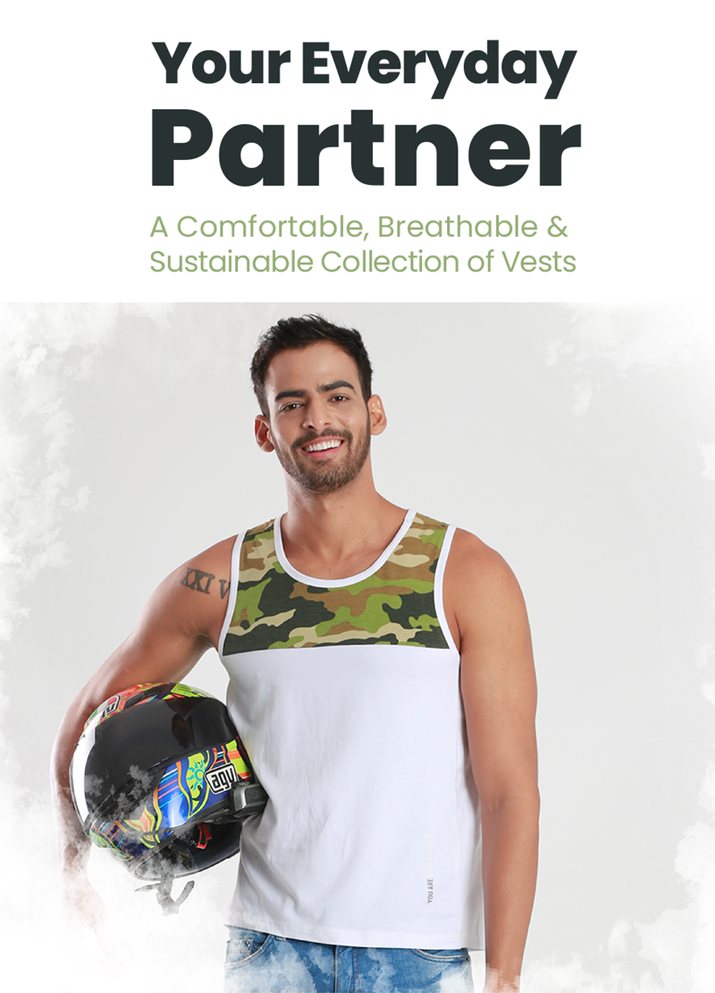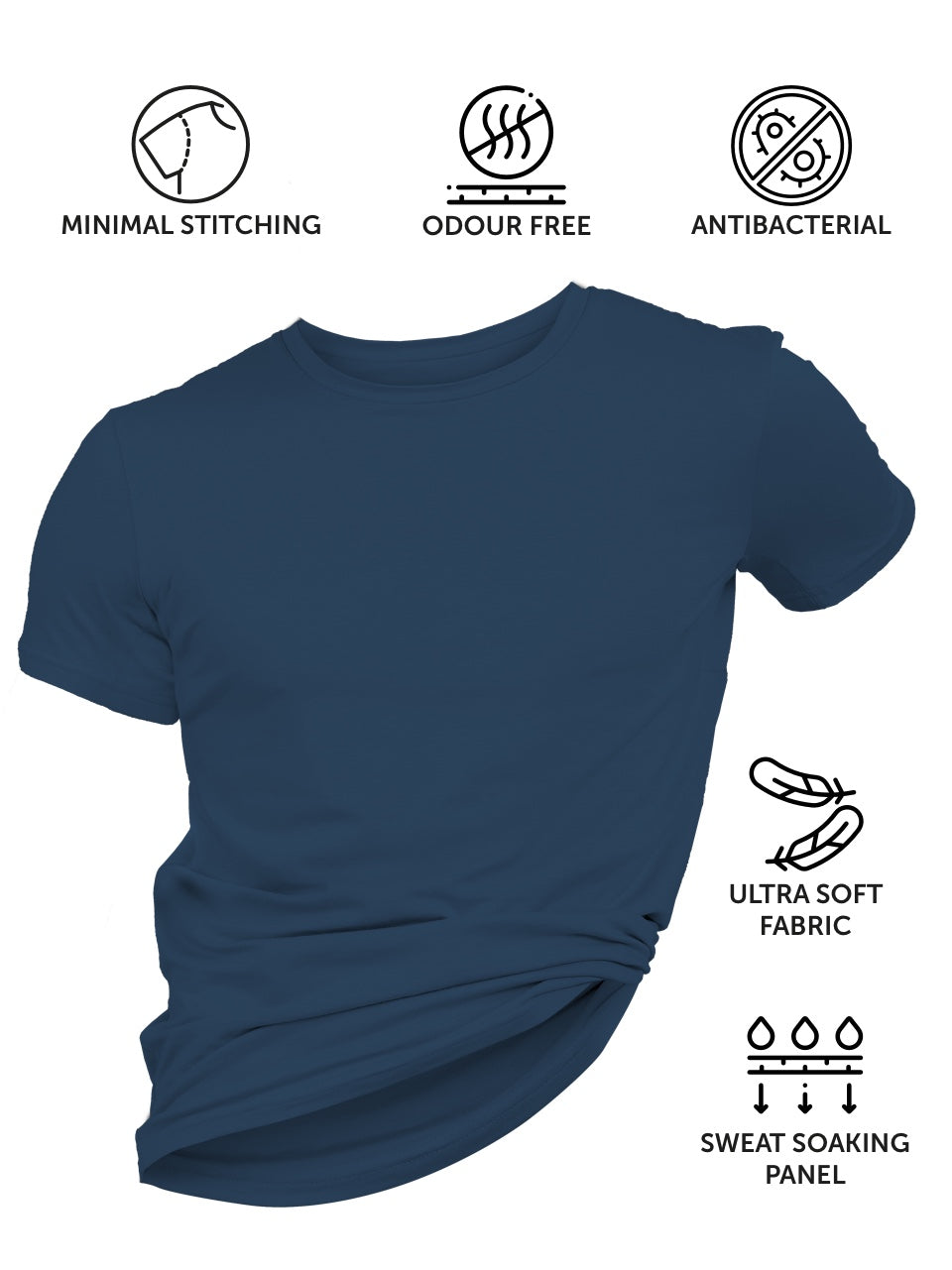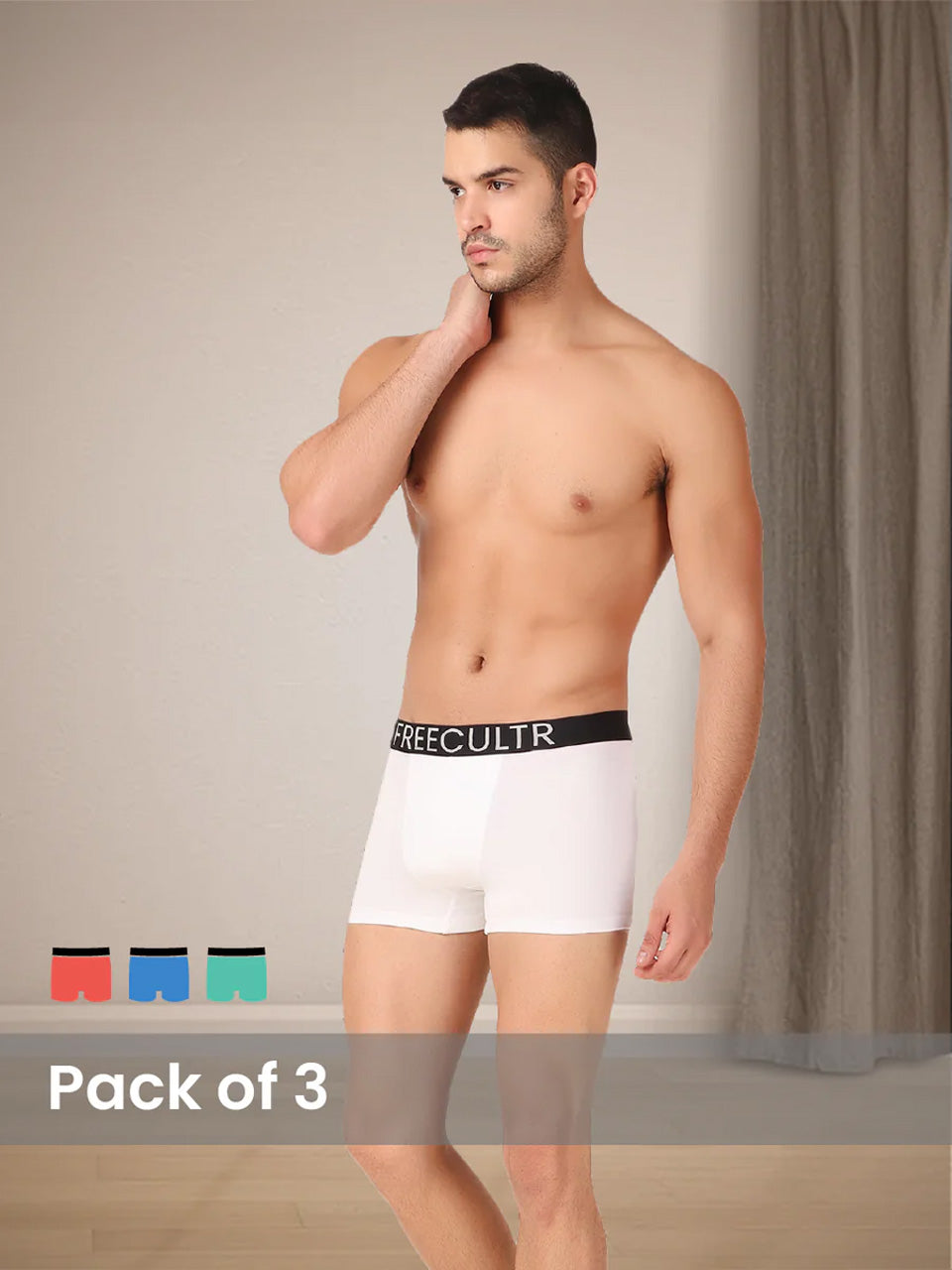Summer heat demands breathable clothing. Choosing the right vest for activities presents a unique challenge. Cotton comfort vests, traditionally prized for their softness, are now facing stiff competition from high-performance active vests designed for moisture-wicking and ventilation. This exploration delves into the core differences, evaluating factors like breathability, moisture management, weight. Durability. We'll dissect the performance of each material in real-world scenarios, considering activities ranging from leisurely strolls to intense workouts. By examining the latest advancements in fabric technology and user feedback, we aim to provide a clear understanding of which vest truly reigns supreme when the temperature rises, empowering informed decisions for summer comfort and performance.

Understanding Cotton Comfort Vests
Cotton comfort vests are typically made from 100% cotton or a cotton blend. Their primary purpose is to provide a soft, breathable layer against the skin, often worn as an undershirt or for lounging. Think of them as the epitome of relaxed comfort.
- Material: Primarily cotton, sometimes blended with other fibers for added stretch or durability.
- Fit: Often designed for a relaxed, non-restrictive fit.
- Purpose: Everyday wear, lounging, or as an absorbent layer under clothing.
- Construction: Simple, often featuring minimal seams and a classic design.
The key benefit of cotton is its breathability and moisture-wicking properties, making it ideal for warm weather. But, it's crucial to note that cotton retains moisture, which can be a drawback in high-intensity activities. This is a key consideration when comparing it to active vests.
Exploring Active Vests
Active vests are engineered for performance. They utilize synthetic fabrics and advanced construction techniques to enhance athletic activities. These vests are designed to keep you cool, dry. Comfortable during workouts and other strenuous activities. They're not just about comfort; they're about boosting performance.
- Material: Typically made from synthetic fabrics like polyester, nylon, or blends with moisture-wicking technology.
- Fit: Often designed for a snug, athletic fit to support movement and enhance moisture management.
- Purpose: High-intensity activities, workouts, sports. Outdoor adventures.
- Construction: Advanced, often featuring strategic ventilation, flatlock seams. Compression elements.
Active vests often incorporate technologies like moisture-wicking, quick-drying. Odor control. These features are crucial for maintaining comfort during intense physical exertion.
Key Differences: Fabric Technology
The core difference lies in the fabric technology. Let's delve deeper:
| Feature | Cotton Comfort Vest | Active Vest |
|---|---|---|
| Fabric | Natural fibers (primarily cotton) | Synthetic fibers (polyester, nylon, etc.) |
| Breathability | Good | Excellent (engineered for airflow) |
| Moisture Wicking | Moderate (absorbs moisture but retains it) | Superior (draws moisture away from the skin) |
| Drying Time | Slow | Fast |
| Odor Control | Minimal | Often incorporates antimicrobial treatments |
| Durability | Moderate | High (resistant to wear and tear) |
Moisture-wicking technology is a crucial aspect of active vests. These fabrics are designed with a capillary action that pulls sweat away from the skin, allowing it to evaporate quickly. This process helps regulate body temperature and prevents the clammy feeling associated with cotton. Polyester and nylon are common choices for their hydrophobic properties, meaning they repel water.
Fit and Functionality: A Detailed Comparison
Beyond fabric, the fit and functionality of these vests play a significant role in their suitability for summer wear.
- Cotton Comfort Vest: Typically offers a relaxed fit, prioritizing comfort and ease of movement. This makes it ideal for casual wear and lounging. But, the looser fit might not be ideal for activities where you need a secure and supportive garment.
- Active Vest: Often features a more athletic, streamlined fit. This snug fit helps to enhance moisture-wicking performance and provide support during physical activities. Some active vests even incorporate compression elements to improve blood flow and reduce muscle fatigue.
Consider the activity you'll be engaging in. For a leisurely stroll, a cotton comfort vest might suffice. But, for a jog or a gym session, an active vest is the clear choice.
Real-World Applications: Scenarios and Suitability
Let's consider some real-world scenarios to illustrate the best use cases for each type of vest.
- Scenario 1: A Hot Day at the Beach: A cotton comfort vest is ideal for providing a breathable layer under a t-shirt or swimsuit cover-up. Its softness and natural feel are perfect for relaxing by the water.
- Scenario 2: A Morning Run: An active vest is essential for wicking away sweat and keeping you cool and comfortable during your run. Its snug fit will also prevent chafing and allow for unrestricted movement.
- Scenario 3: A Casual Summer BBQ: Either vest could work, depending on your preference. If you prioritize comfort and a relaxed look, a cotton comfort vest is a good choice. If you anticipate being active and want to stay cool and dry, an active vest might be more suitable.
- Scenario 4: Layering Under Work Clothes: A thin cotton comfort vest can add a layer of breathability under a button-down shirt or blouse, especially in air-conditioned environments where you need a bit of extra warmth.
A friend of mine, Sarah, learned this lesson the hard way. She wore a cotton tank top to a summer hiking trip, thinking it would be comfortable. By the end of the hike, she was soaked in sweat and feeling chilled. Had she opted for an active vest, her experience would have been much more pleasant.
Odor Control: A Critical Factor for Summer
Summer heat often leads to increased perspiration, making odor control a crucial consideration. Active vests frequently incorporate antimicrobial treatments that inhibit the growth of odor-causing bacteria. These treatments, often involving silver ions or other specialized compounds, help keep the vest fresh even after multiple wears. Cotton, on the other hand, lacks these inherent odor-fighting properties. This is why choosing the right material is so essential.
Conclusion
The decision between a cotton comfort vest and an active vest this summer ultimately boils down to understanding your day-to-day needs. As we've explored, cotton excels in casual comfort and breathability, making it ideal for relaxed settings and [Truly Classic T-Shirts vs Comfort Vests: Which is Better for Summer?] low-intensity activities. But, the moisture-wicking capabilities of active vests give them a distinct advantage during workouts or hot, humid days. I've personally found that having both options in my wardrobe allows me to adapt to any situation. Looking ahead, I predict we'll see more innovation in fabric technology, blurring the lines between these categories. Imagine cotton blends with enhanced moisture-wicking properties! For now, consider your typical summer activities and invest accordingly. Next steps involve assessing your current wardrobe and identifying any gaps. The key to success is choosing the vest that best aligns with your comfort and performance needs, allowing you to stay cool and confident all summer long.
FAQs
Okay, spill! Cotton comfort vest or active vest for summer heat? What's the real difference?
Alright, let's break it down! Cotton comfort vests are usually made from, well, cotton! They're super soft and breathable, great for lounging or everyday wear when you're not planning on breaking a sweat. Active vests, on the other hand, are designed with performance in mind. Think moisture-wicking fabrics (like polyester or nylon blends) that keep you cool and dry during workouts or high-energy activities.
So, if I'm just chilling at home, cotton is the way to go?
Yep, pretty much! For relaxing around the house, running errands in mild weather, or just wanting something comfy against your skin, a cotton comfort vest is a solid choice. It's all about that breathability and natural feel.
What kind of activities would make an active vest the better choice?
Anything that'll get you sweating! Think hitting the gym, going for a run, hiking, or even just doing yard work on a hot day. Active vests are designed to pull sweat away from your body, preventing that sticky, uncomfortable feeling you get with cotton when it gets damp.
Will a cotton vest make me overheat if I wear it during a light workout?
It could, yeah. If it's a really light workout and you're not sweating much, you might be okay. But cotton tends to hold onto moisture, so once you do start sweating, it can become heavy and clammy, making you feel hotter than you actually are. An active vest is always a safer bet for any kind of exercise.
Are all active vests created equal? What should I look for?
Definitely not! Look for vests made from moisture-wicking fabrics like polyester, nylon, or merino wool blends. Check for features like mesh panels for extra ventilation. Consider the fit – you want something that allows for freedom of movement without being too baggy. Also, some active vests offer UV protection, which is a bonus for outdoor activities.
What about style? Are cotton vests just plain and boring?
Not at all! Cotton vests come in all sorts of styles these days – different cuts, colors. Even with cute details like lace trim or interesting necklines. While active vests prioritize performance, they've also gotten more stylish, with sleek designs and a wider range of colors and patterns.
Okay, last one! Can I wear an active vest casually?
Absolutely! Active vests have become a staple in athleisure wear. You can definitely rock one with jeans, shorts, or even under a light jacket for a cool and casual look. Just consider the overall vibe you're going for. If you're aiming for maximum comfort, cotton might still win. For a sporty and stylish look, an active vest works great.

